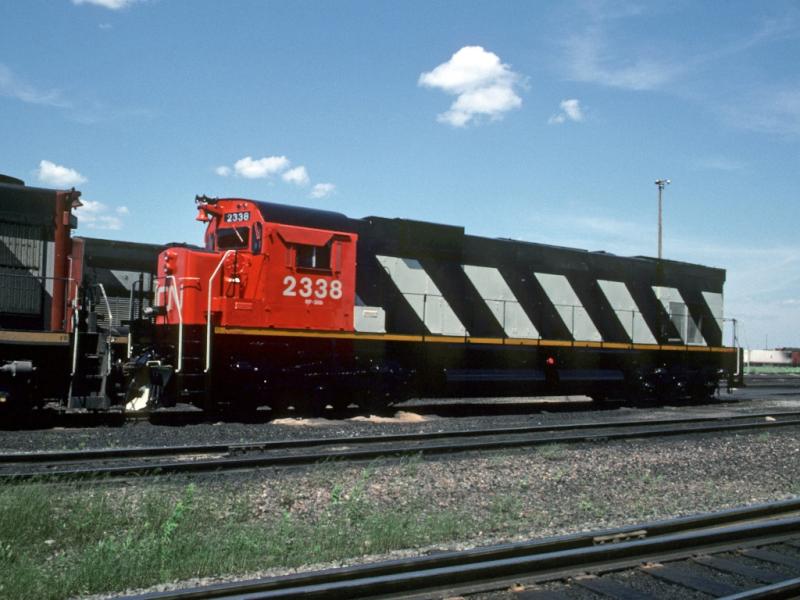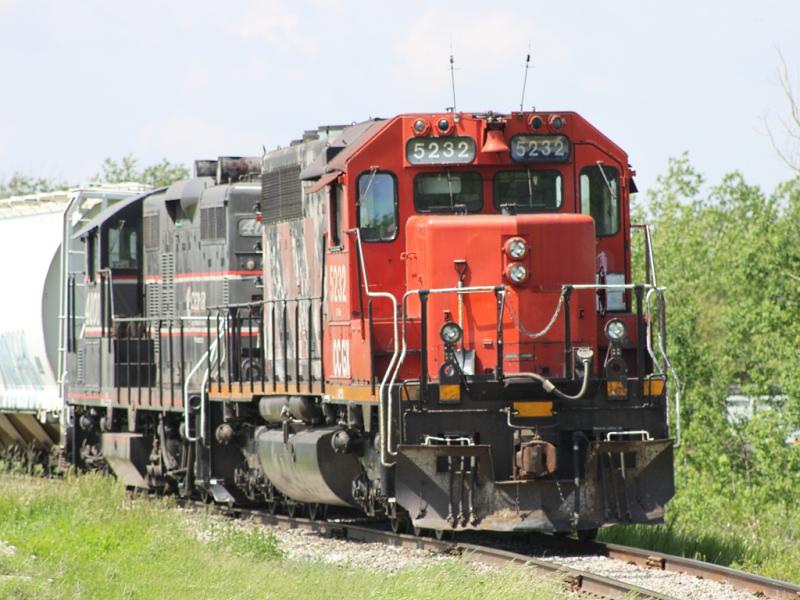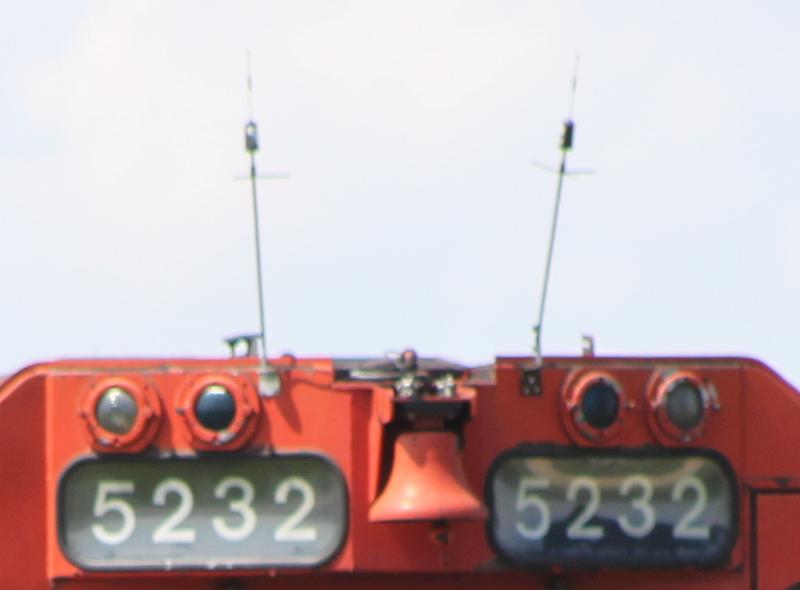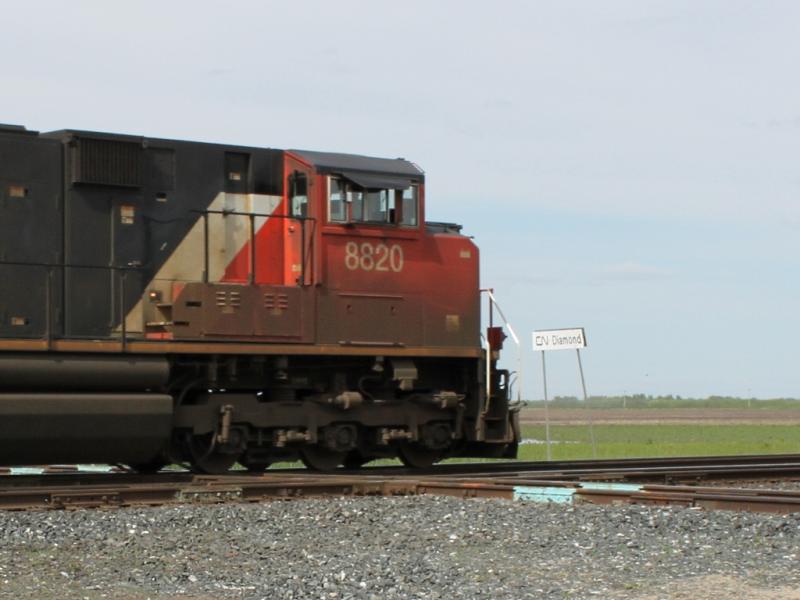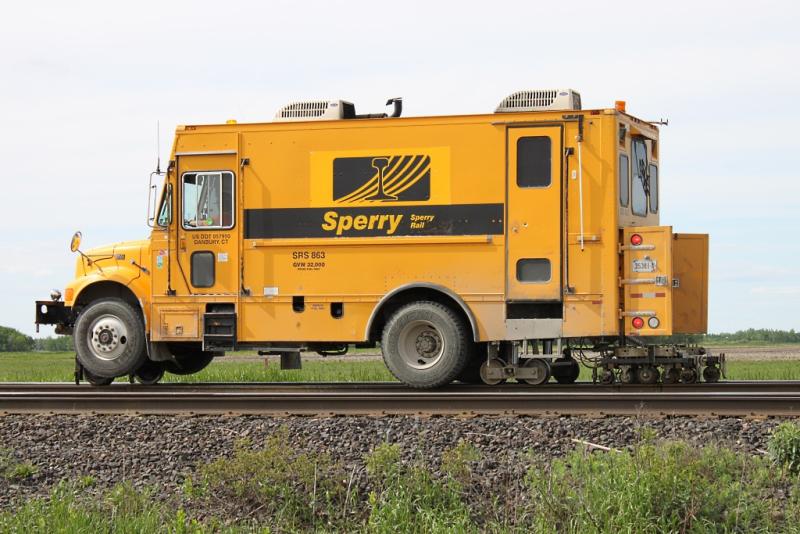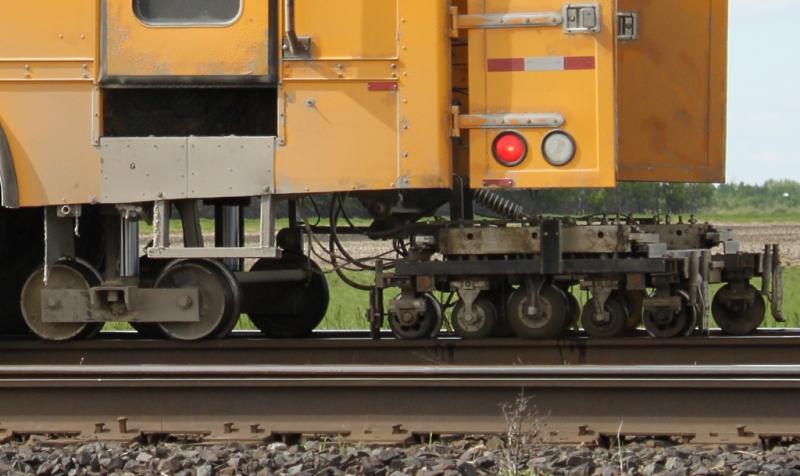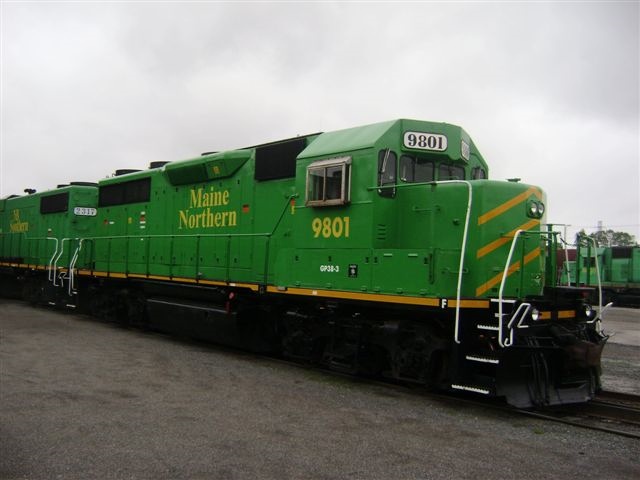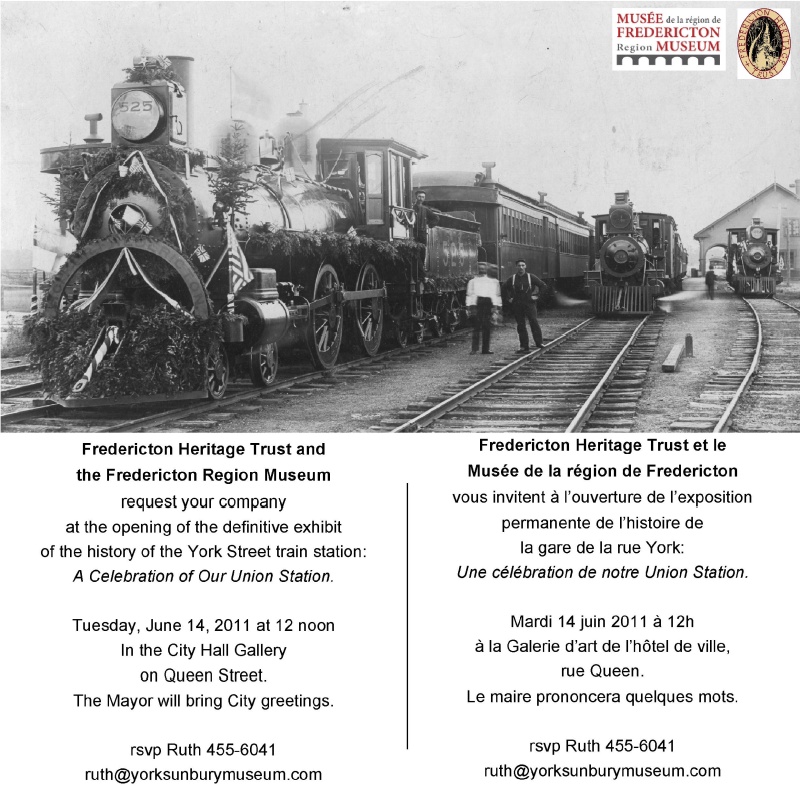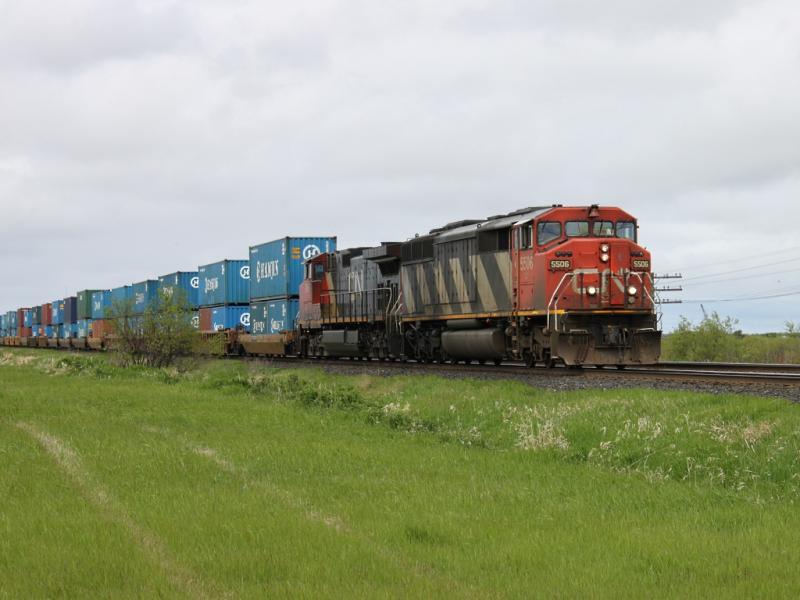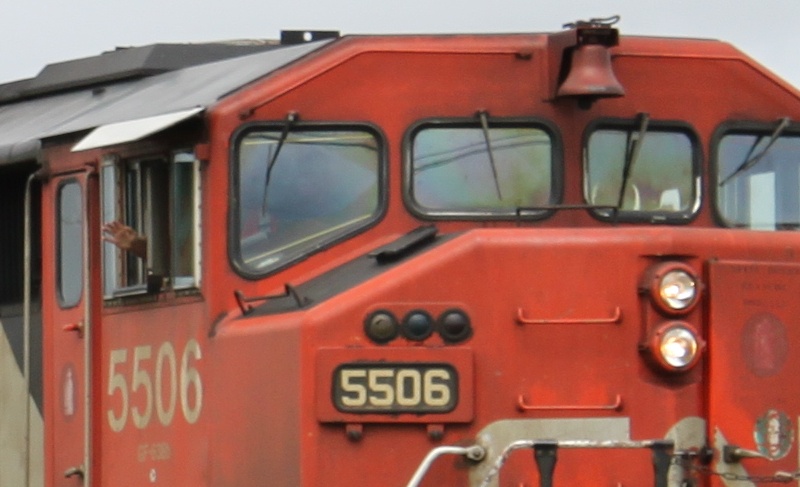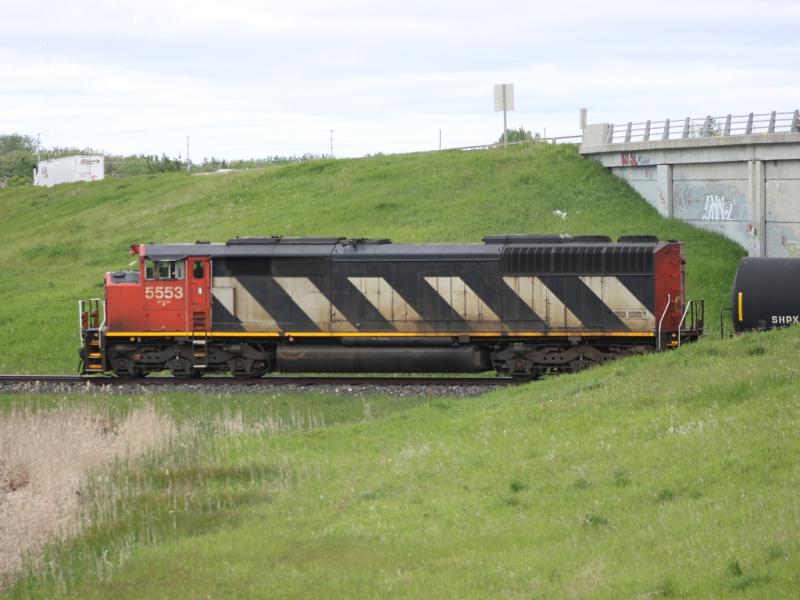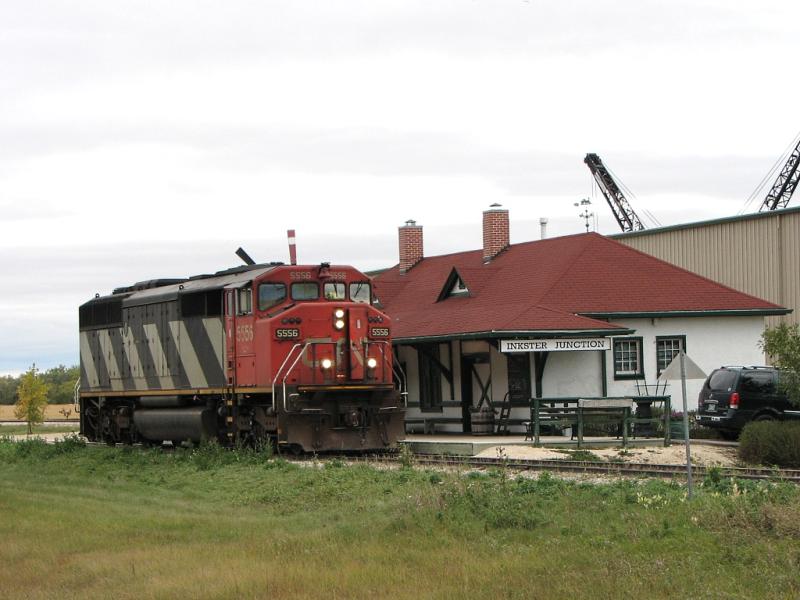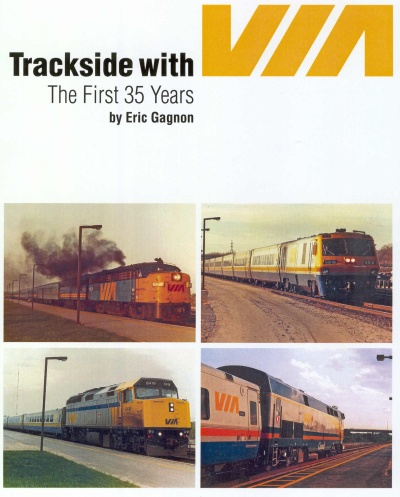
I received Eric Gagnon's book, "Trackside with VIA: The First 35 Years", with eagerness. I read it in one sitting and I definitely enjoyed it... with a few reservations.
Eric is the author of
Trackside Treasure, an excellent blog on Canadian railways. Eric has also been chronicling the production of this book
on another blog.
I'm going to start by saying what the book is not.
- It is not a coffee table picture book.
- It is not an exhaustive history of VIA Rail.
- It is not a Greg McDonnell
 book.
book.
So... what
is it?
Physically, it is a 114-page book, containing mostly text with some black and white photos, soft cover and perfect bound. Eric is
selling it for $25 (including shipping in Canada).
Trackside with VIA is divided into six sections, by "era", plus a bonus section:
- 1976-81 / Beginnings
- 1982-86 / Potpourri
- 1987-90 / New Power
- 1991-95 / End of Steam
- 1996-00 / Transition
- 2001-11 / Renaissance
- Western Trips
Each section has a page of text talking about the changes in VIA during the period, together with a half dozen or so black-and-white photographs. The real meat of each section is a list of trains he saw during that period, with times and locations and all the engines and cars he noted for each train. We railfans call these "consists". These are a treasure trove for train researchers, as well as anyone wondering what kinds of engines and cars VIA hauled at various times in its life.
The book also includes a foreword by Jason Shron of
Rapido Trains, paint transition data (for the modeler, provided by Jakob Mueller), a brief VIA roster, train schedules in the Ontario-Quebec, the various Canadian/Super Continental routings, and recommended readings.
I think
Trackside with VIA is a book by a railfan, for railfans. This book will appeal to VIA Rail enthusiasts, and train enthusiasts in general. I don't think the "general public" (whoever that is) would really enjoy it, and they are not the intended audience.
The book is well written, with very few typos, well laid out, and it is professionally printed. I love the cover - it is very reminiscent of VIA timetables from days gone by. This is a quality product.
I said I had a few reservations. Most have to do with how the consists are presented. They are basically a wall of unadorned text, page after page. For example, the 1982-1986 consists are 17 pages of text arranged in six columns. There are no photos on the consists pages and no adornment of the text at all.
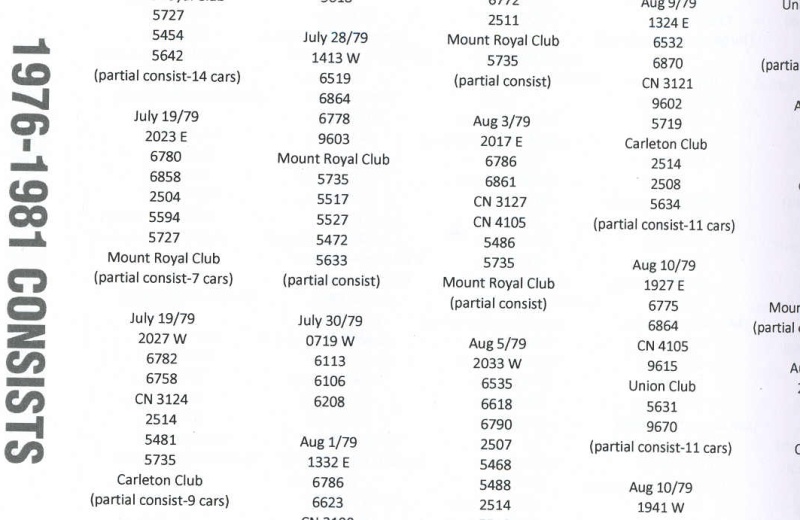
Eric made the conscious decision to not list train numbers unless he was sure of the number. I understand his reasoning but it makes it hard to locate trains such as the
Canadian.
I found there were some gaps in the list of VIA engine and car numbers in the rear of the book. As an example, there is no information in the list for what type of car VIA 3250 was (my 1989 Trackside Guide tells me it was a coach with a snack bar).
I don't want it to seem like I hated the book. I like it and I will use it often for reference. But the consist pages were a little off-putting at first, and it has taken a few reads to get used to them.
I recommend
Trackside with VIA: The First 35 Years to anyone with a serious interest in railways, especially the history of VIA Rail. As Eric notes in his recommended reading section, there have been very few serious books on VIA Rail. Now there is one more.
Highball!
Link to purchase
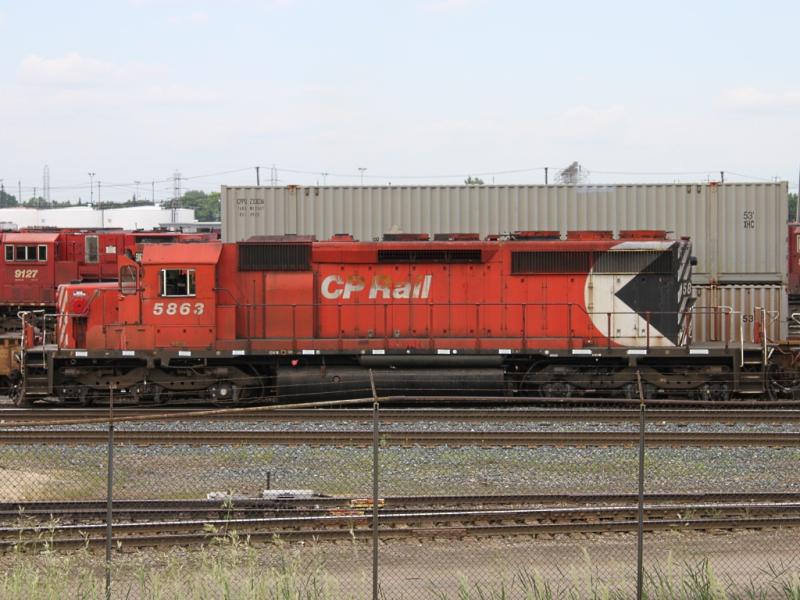
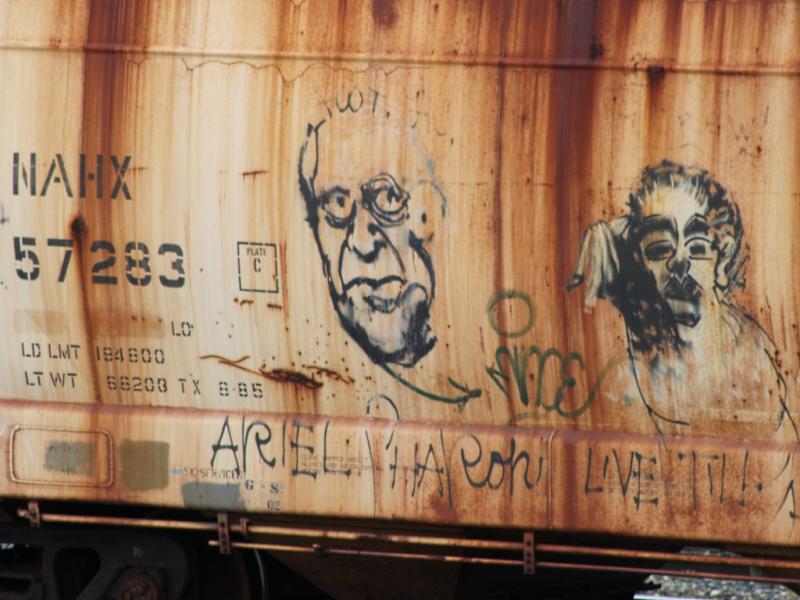
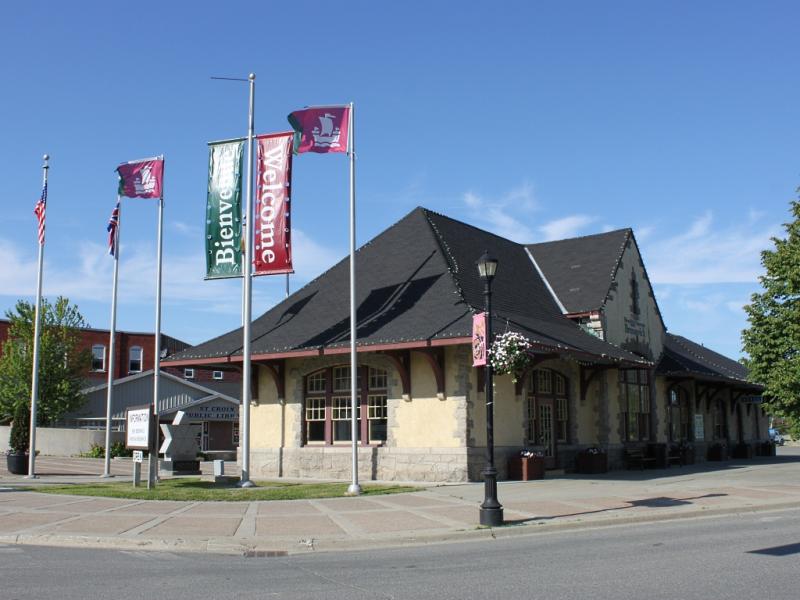
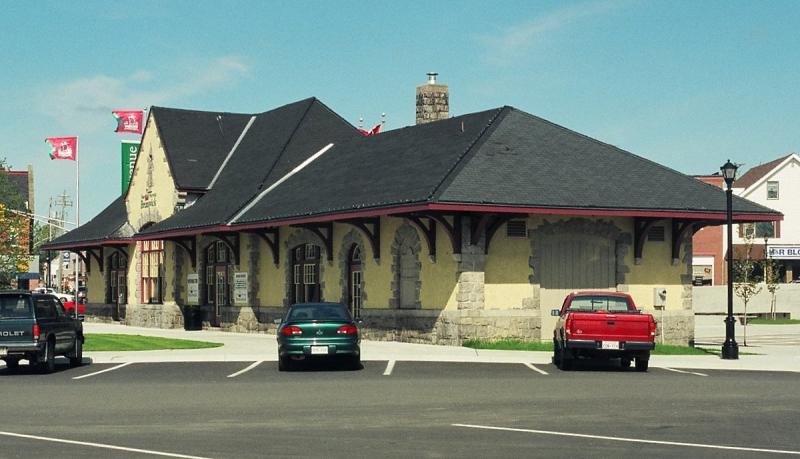
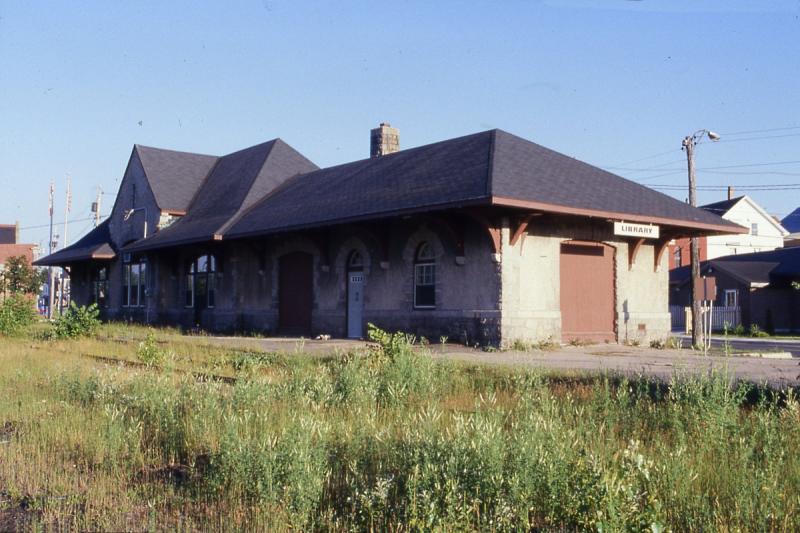
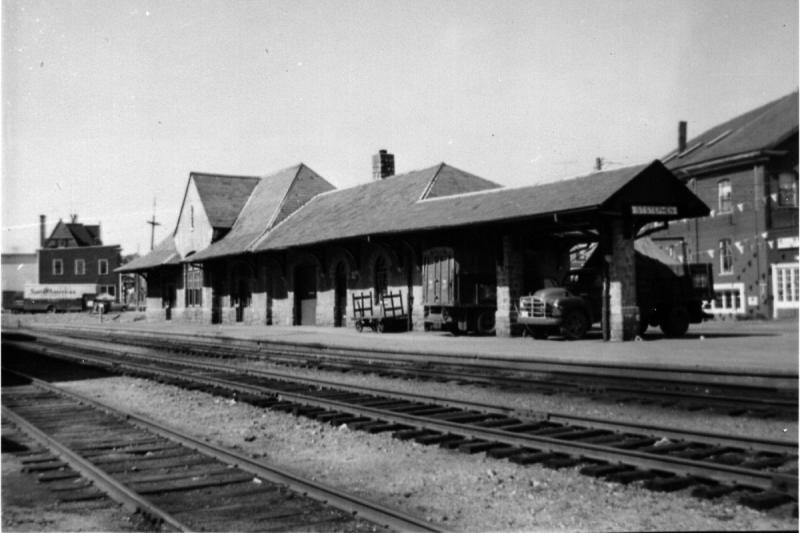
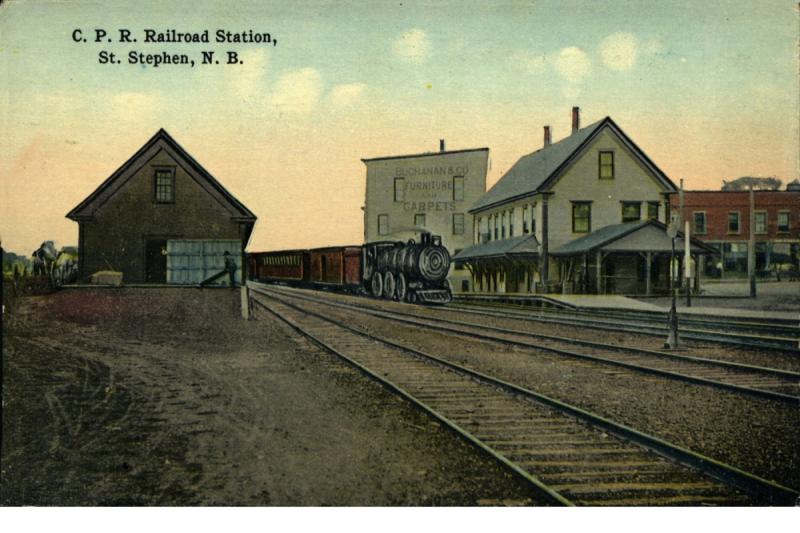
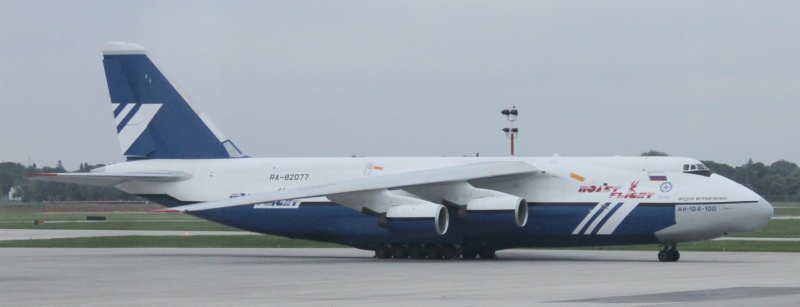
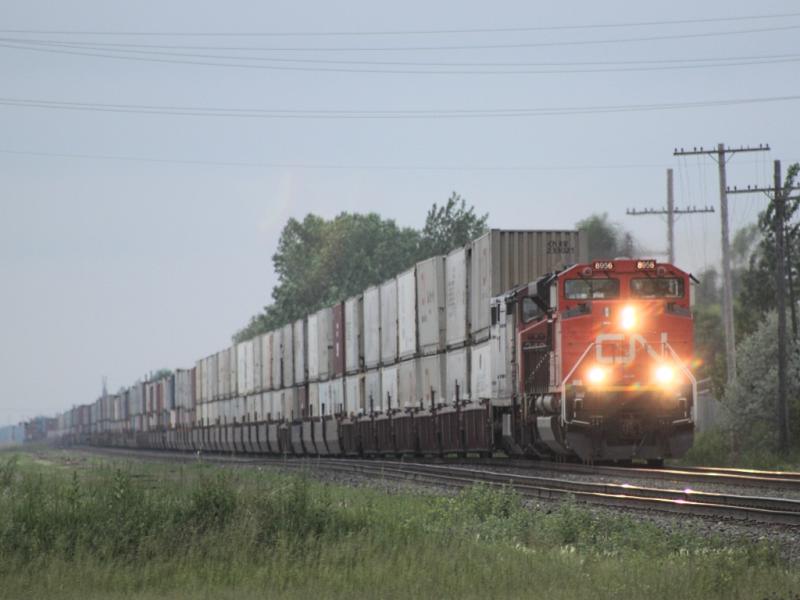
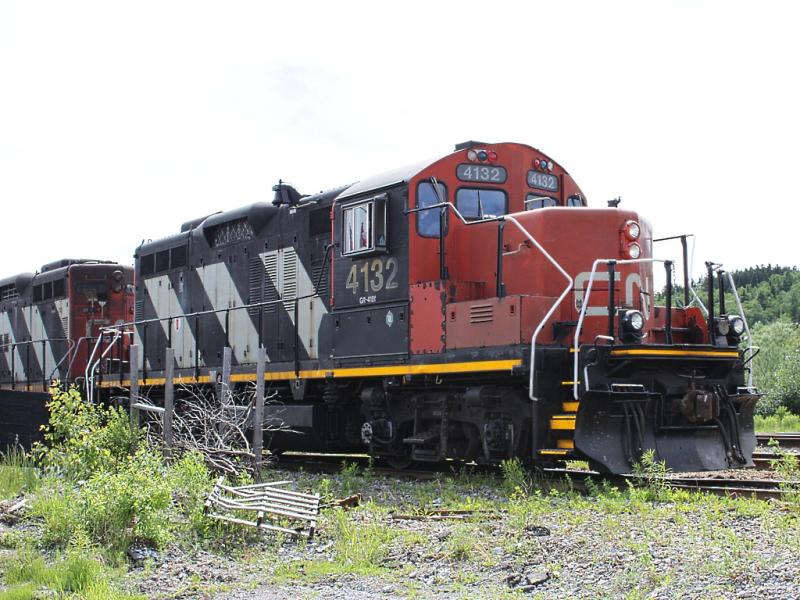
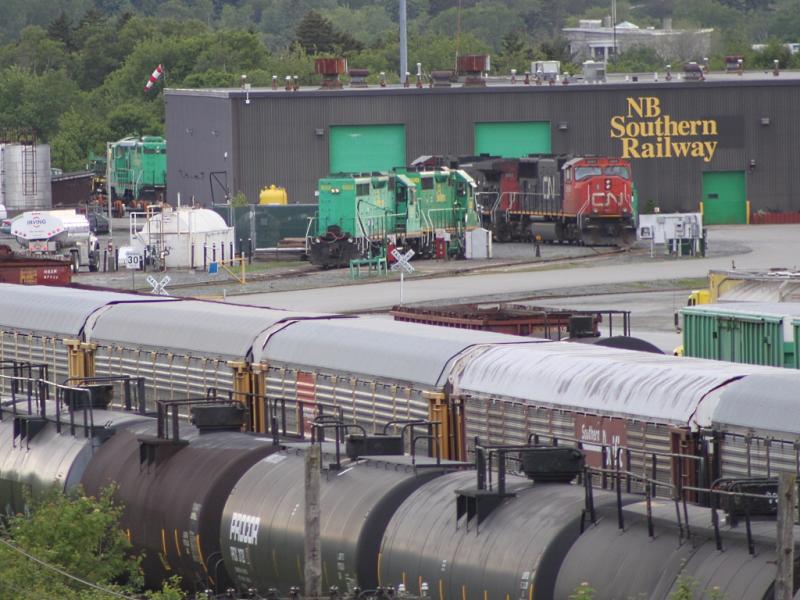
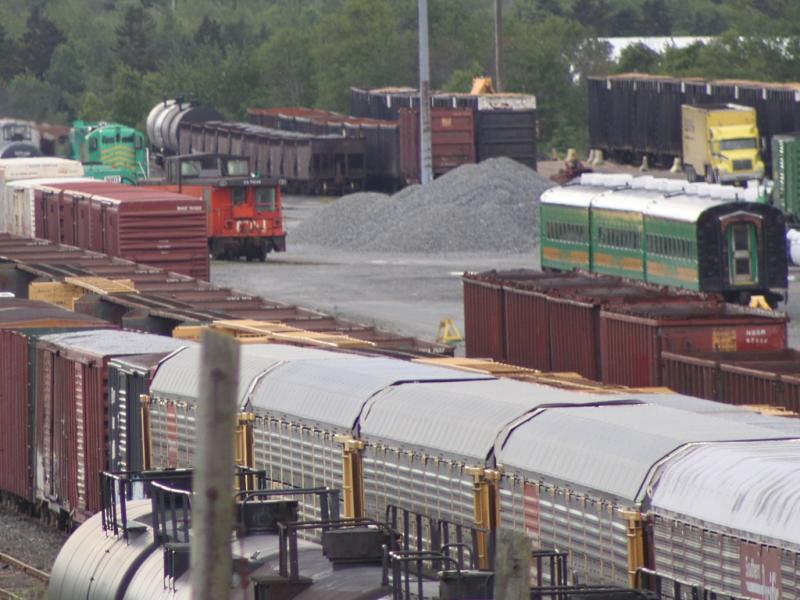
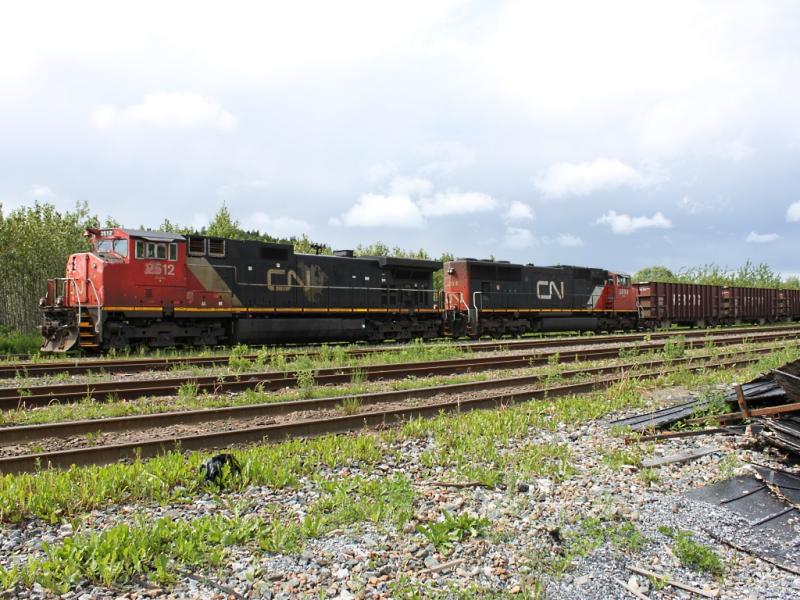
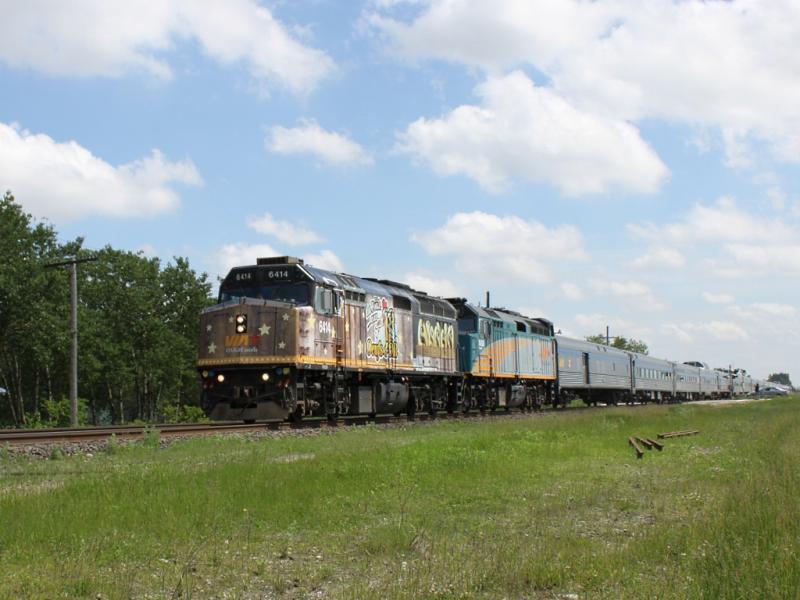
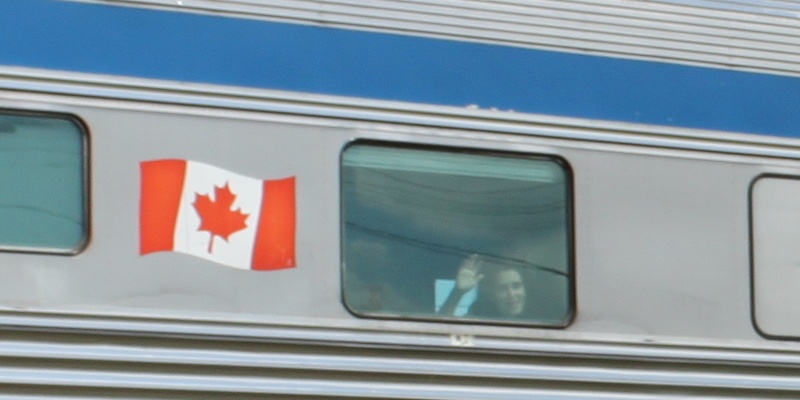
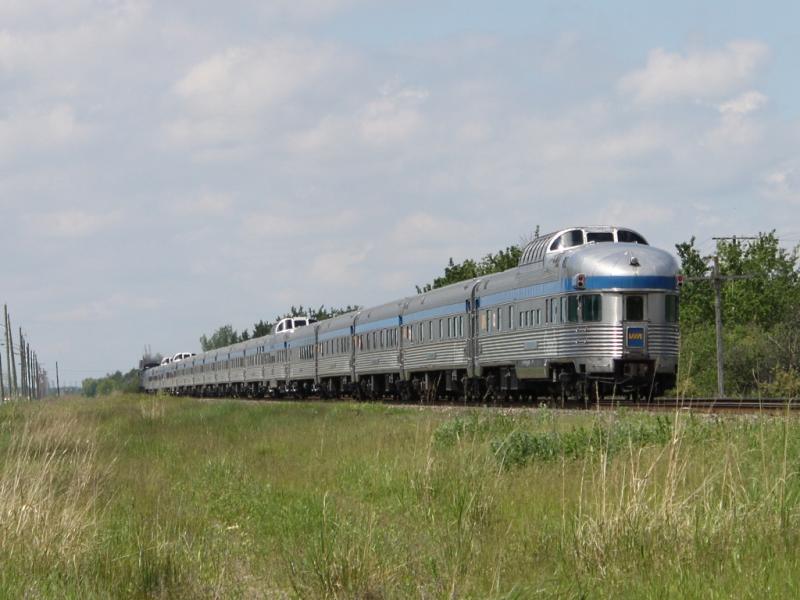
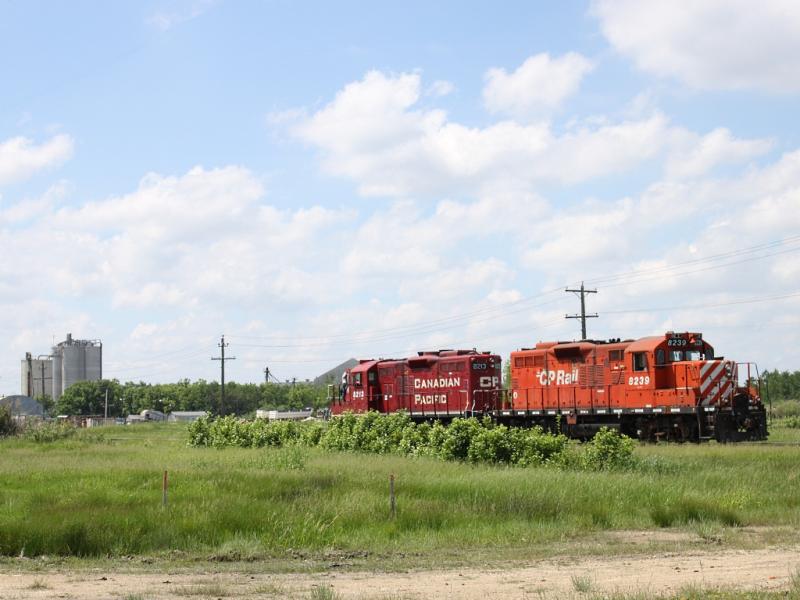
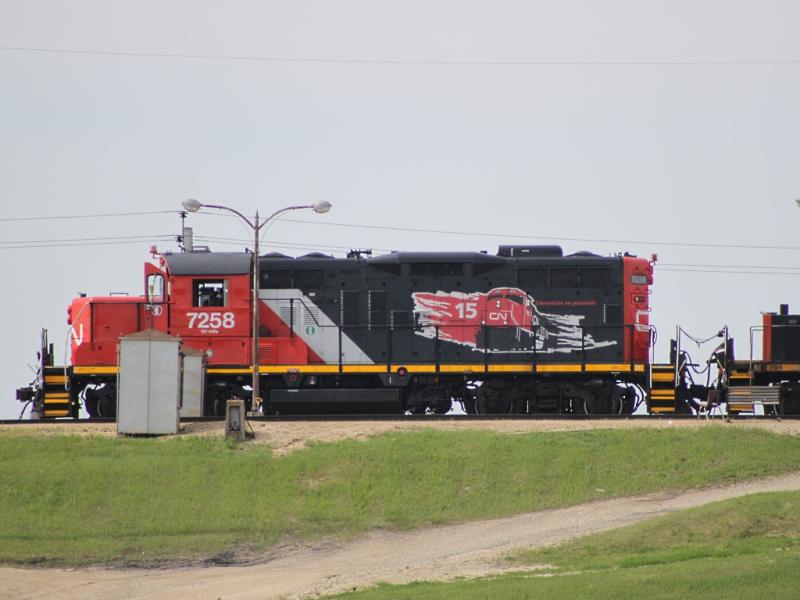
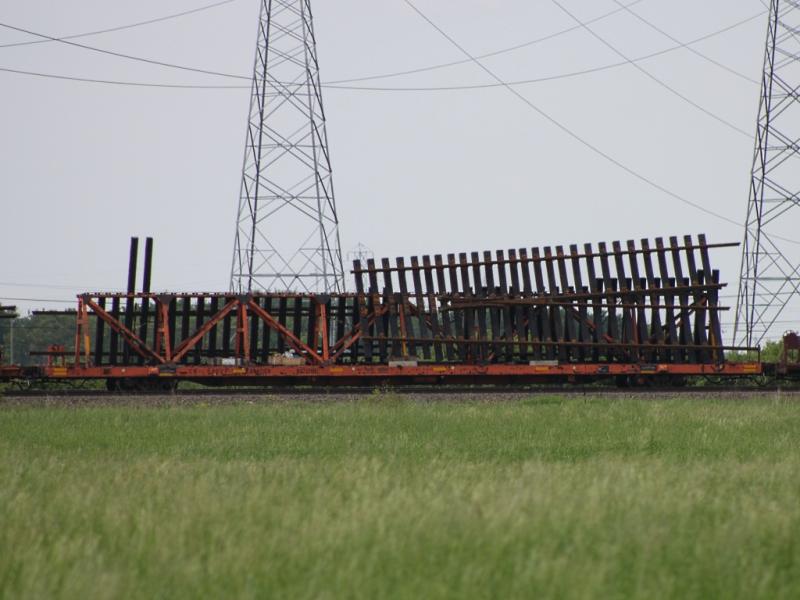
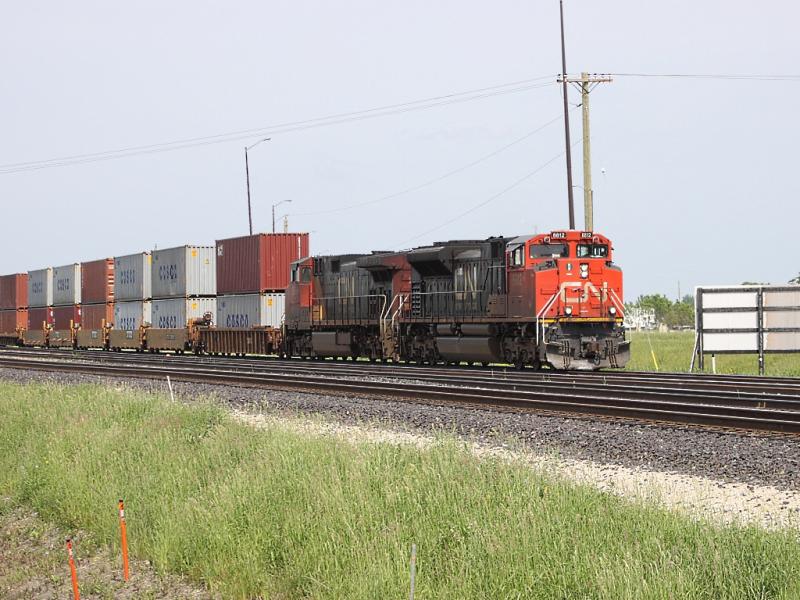
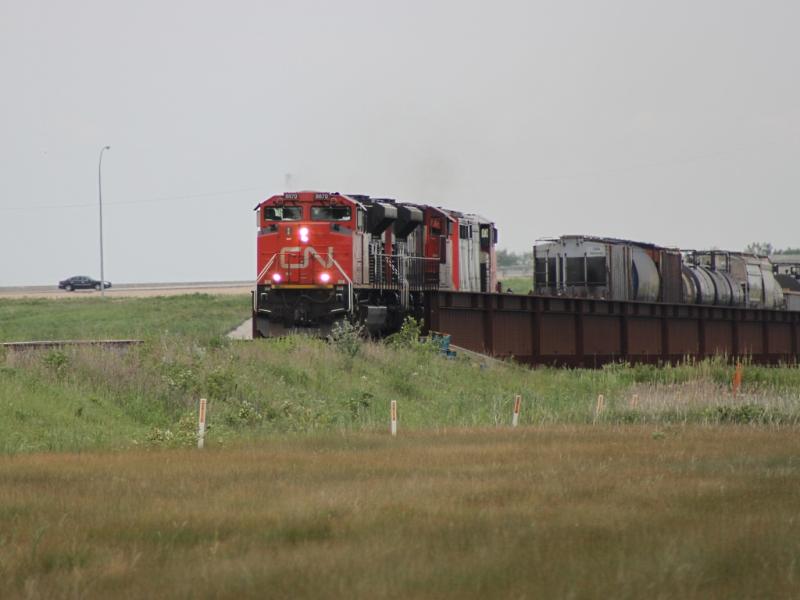
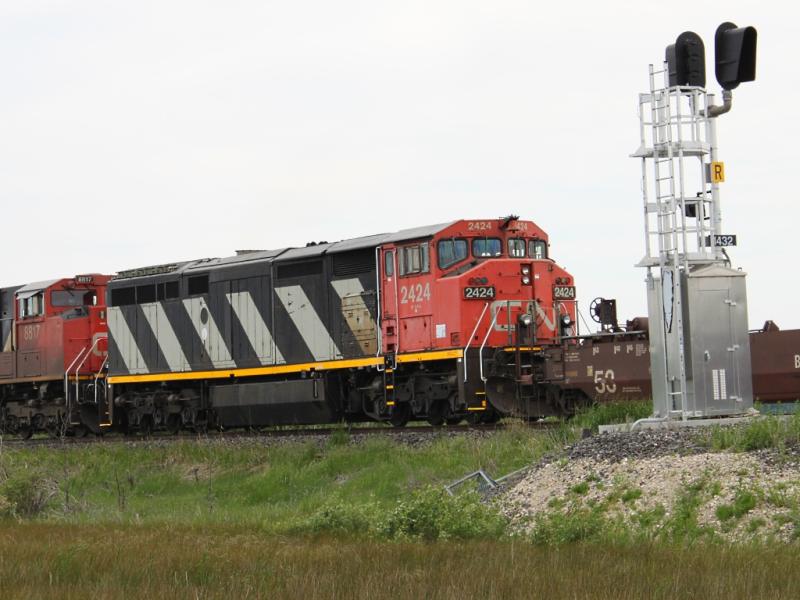
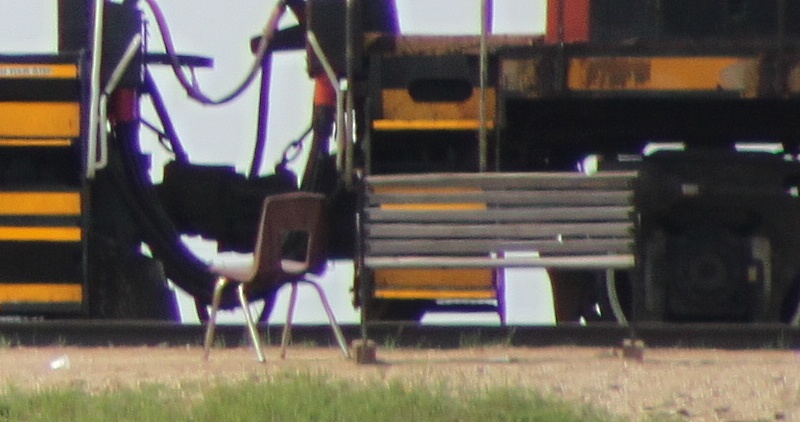
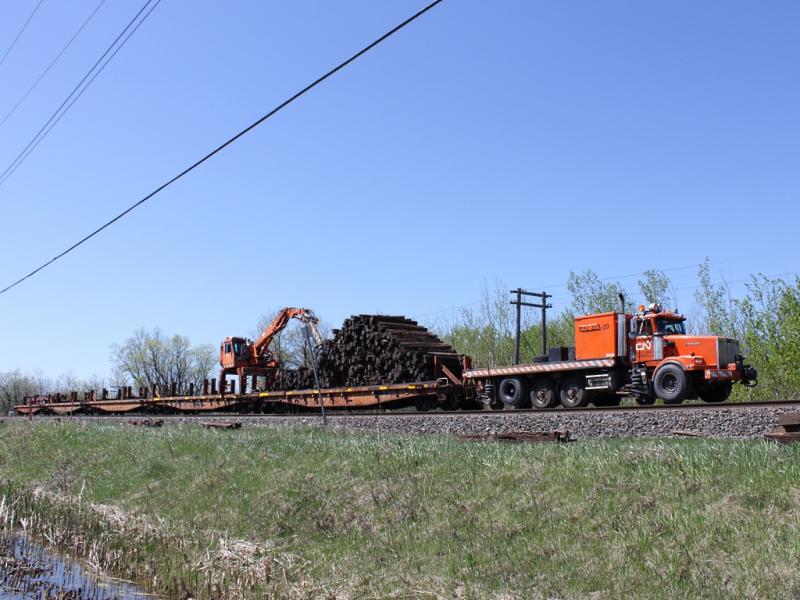
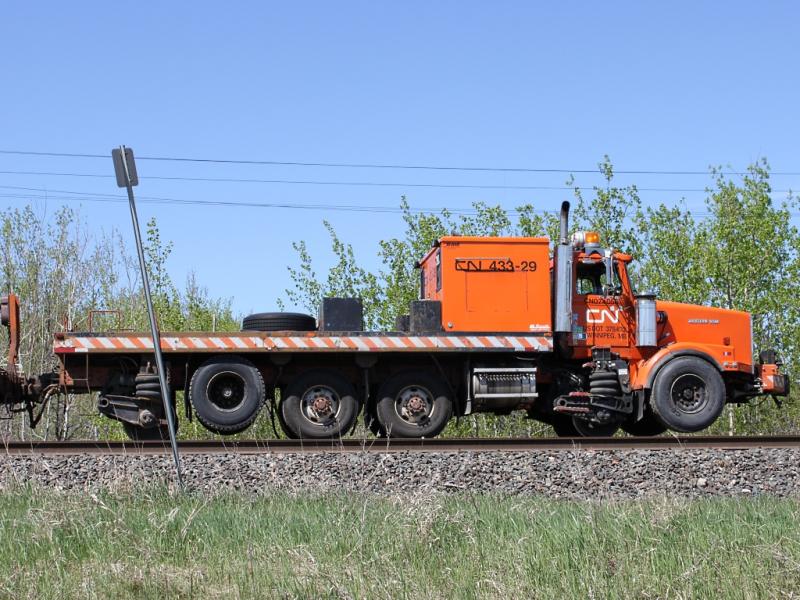
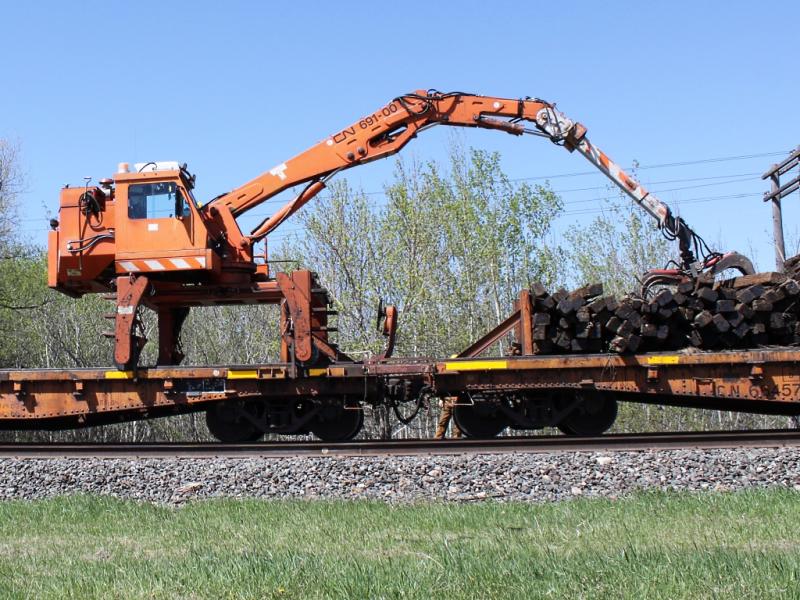
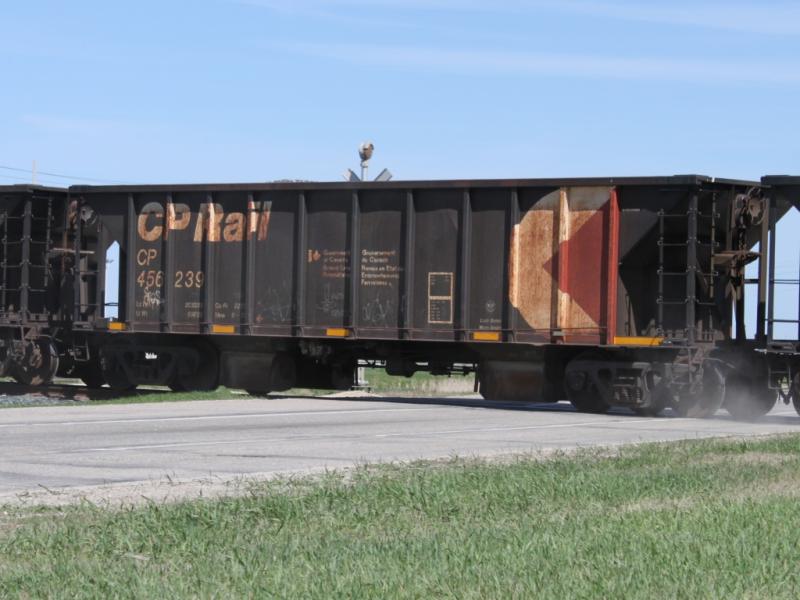
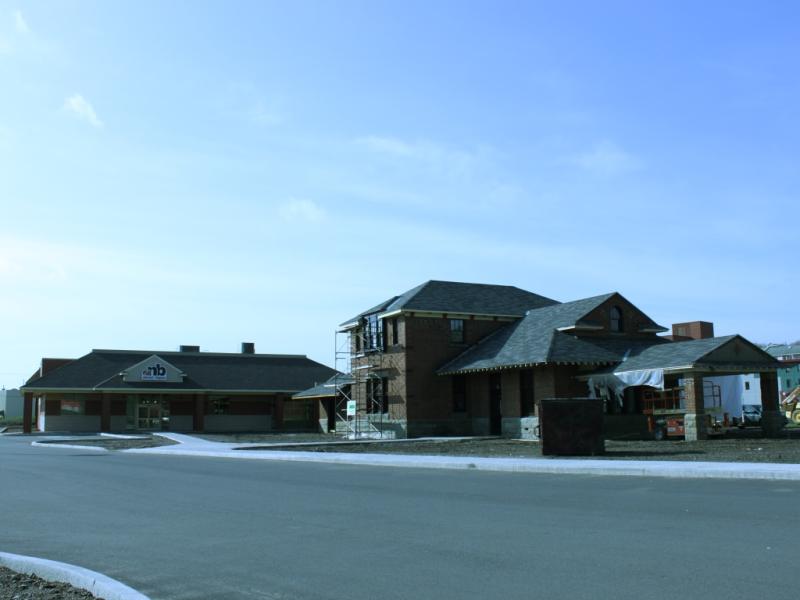
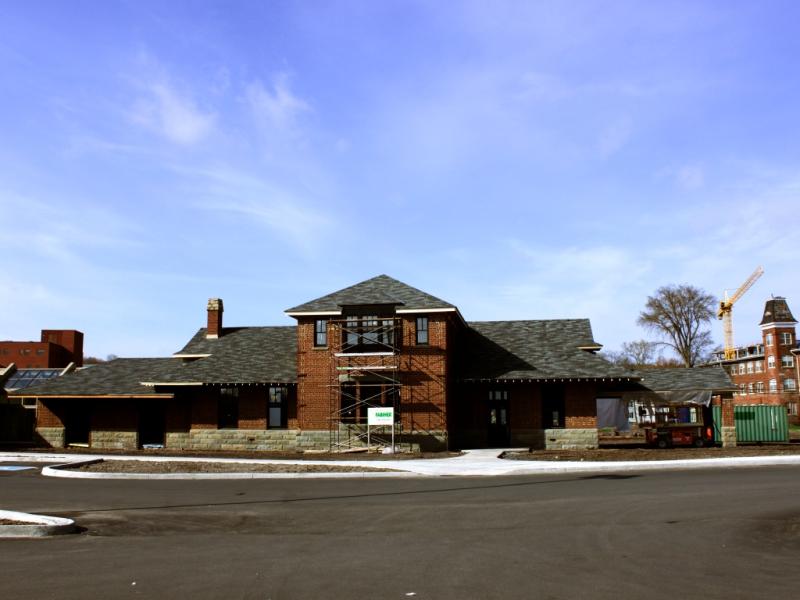
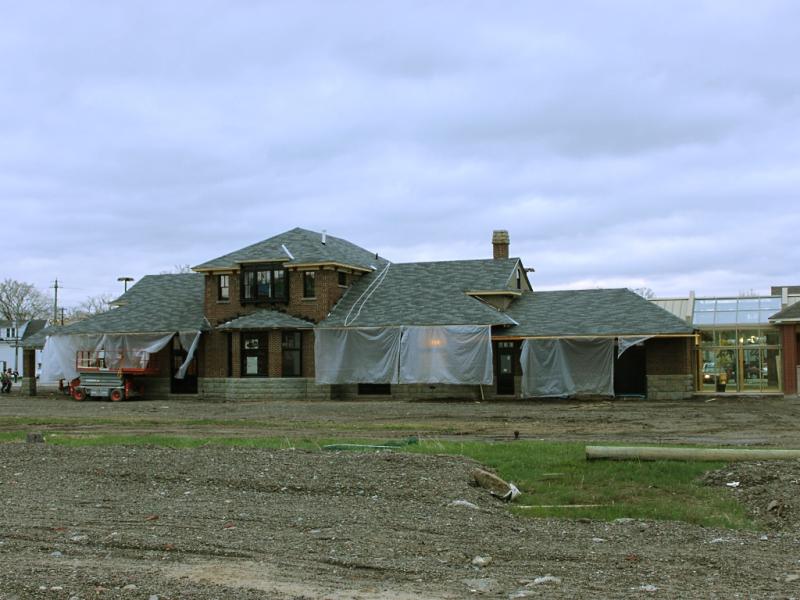
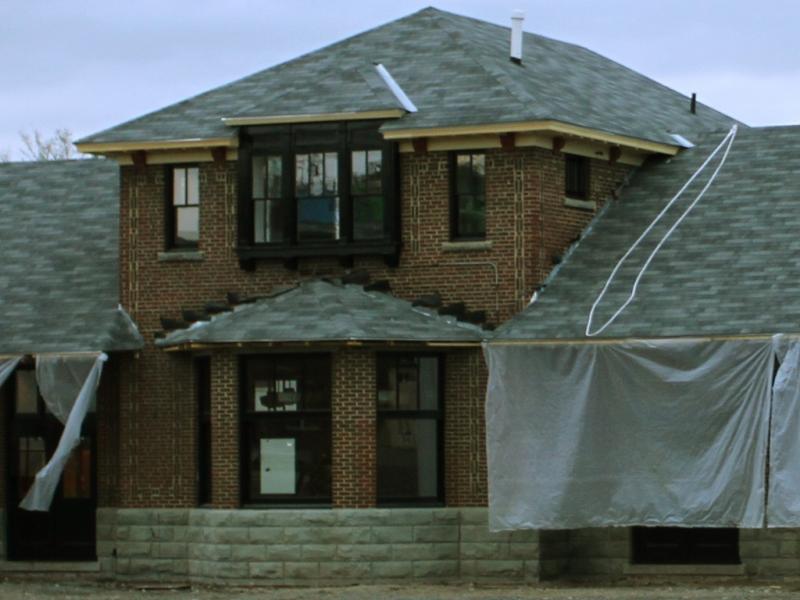
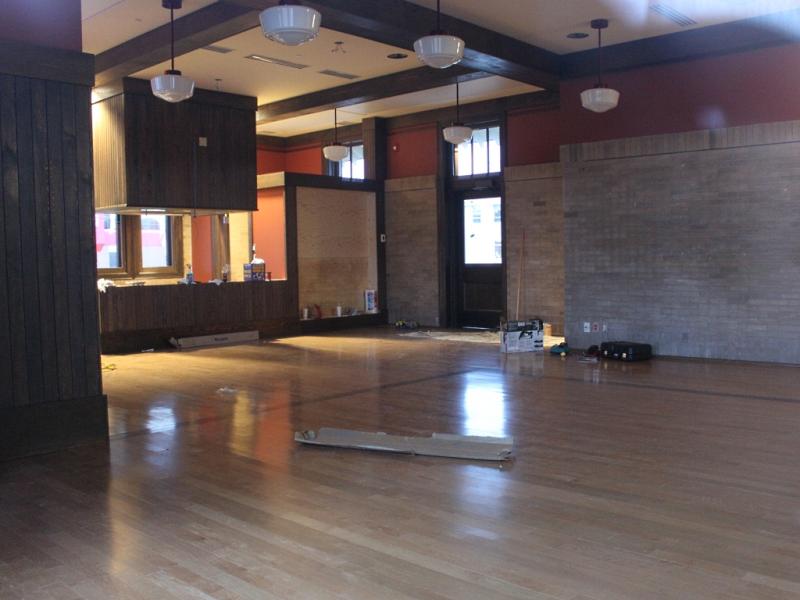
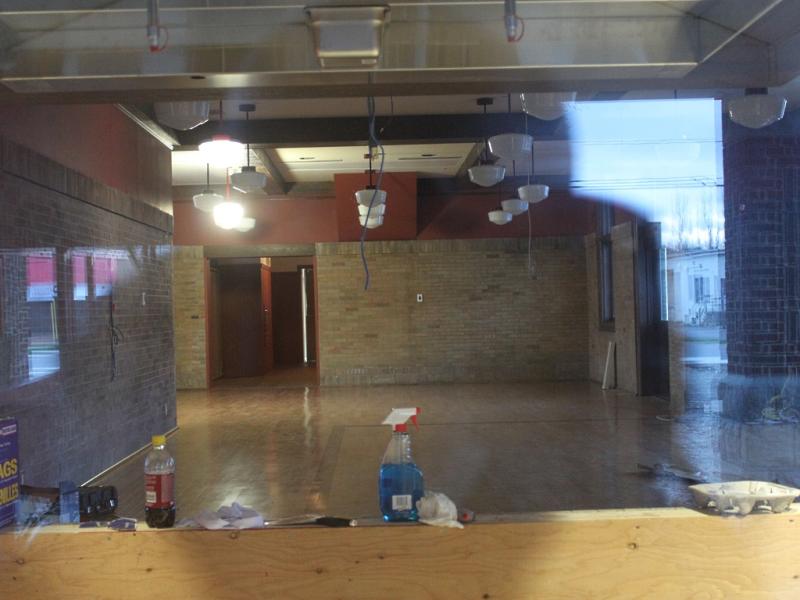
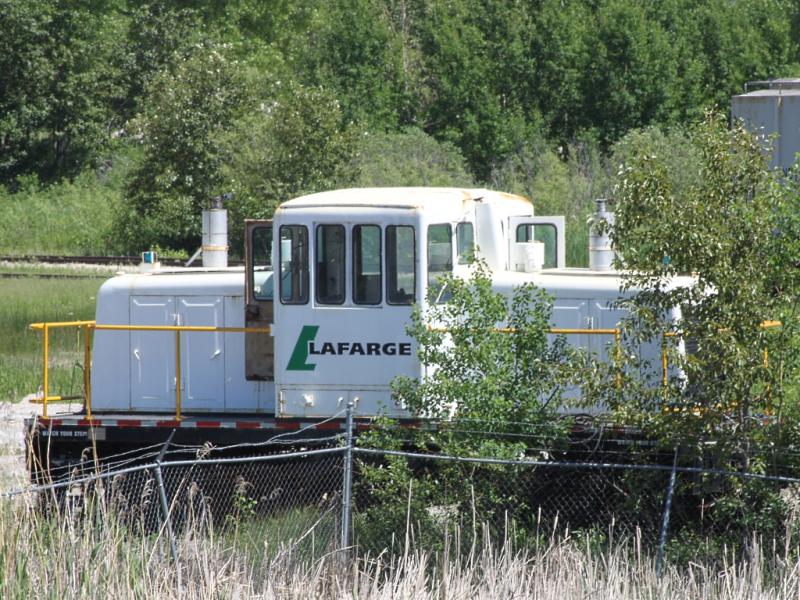
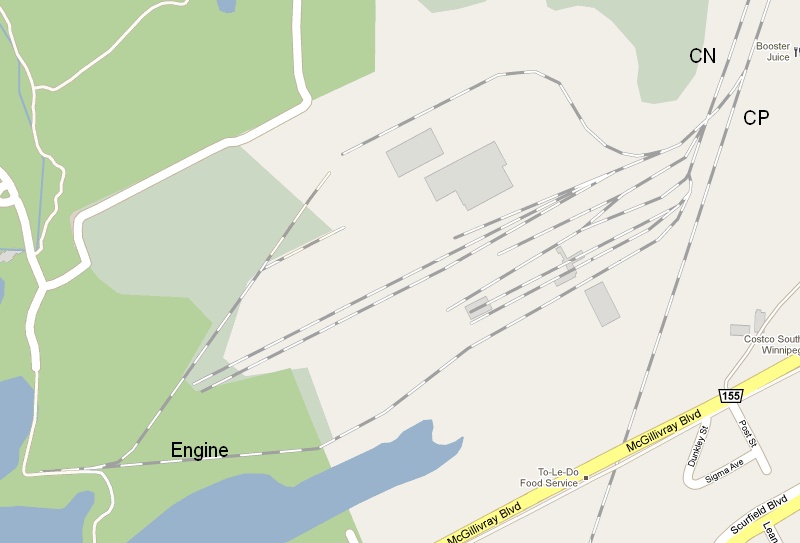
 I received Eric Gagnon's book, "Trackside with VIA: The First 35 Years", with eagerness. I read it in one sitting and I definitely enjoyed it... with a few reservations.
I received Eric Gagnon's book, "Trackside with VIA: The First 35 Years", with eagerness. I read it in one sitting and I definitely enjoyed it... with a few reservations.
